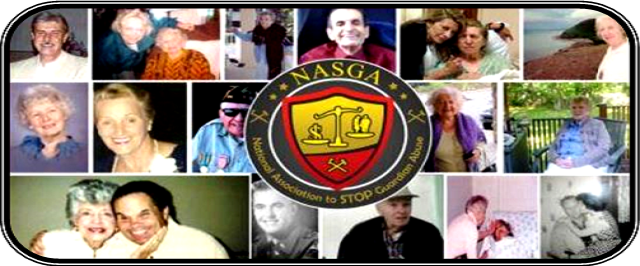A year ago, I lost my 36-year-old husband to cancer. In the first few
months after his death, I often felt lost without the heroic man I fell
in love with 14 years earlier. But in our last few weeks together, I
promised J.J. that I would keep sharing our story and carrying on his
work advocating for better end-of-life care for terminal patients.
J.J. was a volunteer fireman, a Marine Corps war veteran, and a New
York public servant under Govs. Eliot Spitzer and David Paterson. Then,
after he was diagnosed with terminal brain cancer in 2014, J.J.
dedicated his final days to fighting the legalization and social
acceptance of assisted suicide.
This wasn’t an issue either of us would have become involved with
prior to J.J.’s terminal diagnosis, but his illness gave us firsthand
insights into how assisted suicide endangers those who are most
vulnerable.
When a seizure sent J.J. to the hospital in May 2014, he was told
that he had glioblastoma multiforme, the deadliest form of brain cancer.
The neurosurgeon said that it was inoperable and that he likely had
only four months left to live. Three doctors told us there was nothing
we could do. We were told to go home and enjoy the little time we had
left together.
Thankfully, we didn’t listen to those doctors, and J.J. had success
with standard and experimental treatments. But he also realized that not
everyone has the kind of support that he did, from family, friends and
very good doctors. And even though J.J. was loved and supported, he
suffered from periods of depression in his first few months of
treatment.
He later told us that if he had assisted-suicide pills with him in
those darkest moments, he would have been very much tempted to take
them.
Then, in J.J.’s final weeks, we saw how the disabled are treated
differently, how their lives are too easily dismissed as inconvenient,
which is especially dangerous when assisted suicide becomes a legal
medical treatment.
Assisted suicide injects governmental pressure and profit-driven
insurance decisions into everyone’s end-of-life care. When that happens,
death becomes the cheapest form of “treatment.”
Almost two dozen states considered assisted-suicide bills this past year. It’s already allowed in seven states and the District of Columbia, and various forms of assisted suicide and euthanasia are also legally available in Europe, as well.
If he were still with us, J.J. would continue to tell us that
assisted suicide is bad public policy. He would warn legislators and
voters not to focus on the individual patient when considering this
legislation. Instead, consider the many vulnerable people who will lose
all hope and be put at risk when suicide becomes a medical treatment.
Ultimately, legalizing assisted suicide results in less choice for
patients through external pressures, coercion, mistakes and abuse. In
Europe, for example, the expansion of assisted suicide has resulted in
ever more groups of patients becoming eligible for the “treatment,”
including youth and the non-terminally ill.
Proponents insist that assisted suicide is only for last-resort
scenarios, when there are only weeks or days left and unbearable pain.
But physical pain isn’t among the top five reasons patients in Oregon —
the first state to legalize assisted suicide, in 1997 — request death by
doctor.
In reality, assisted suicide is less about ending a patient’s
suffering than it is about ending society’s care. There is a lot we can
do to improve care at the end of life for terminal patients, and
assisted suicide shouldn’t be one of them.
That’s why, even as he took to the public square to speak out against
death by doctor, J.J. also fought for better access to hospice and
palliative care.
I have no doubt that J.J. would have supported bills like the
Palliative Care and Hospice Education and Training Act, which was
introduced in Congress last year.
This bipartisan measure helps Americans with advanced illness have
better access to palliative care. It increases the number of health-care
professionals trained in palliative care, expands national funding for
research in palliative care and develops a national educational
campaign to inform Americans, including physicians, many of whom are
unaware of the benefits of palliative care.
J.J. was convinced that the most vulnerable Americans need support,
not poisonous pills and needles. A year after his death, it is vital
that Americans continue to hear his message.
Kristen Hanson is the community-relations advocate for the Patients Rights Action Fund.
Full Article & Source:
‘Assisted suicide’ turns vulnerable people into disposable ones


2 comments:
This article betrays your willful ignorance of how these laws work, how they have been used (without incident) over the years, and the strong safeguards each law has to ensure that they are not abused, that no one is coerced into using them, and that only qualified, mentally competent, terminally ill patients have access. Doctors don't have to participate if they don't want to. You are projecting personal fears and biases onto this discussion, when you would be better served minding your own business.
It's a shame because people who are suffering from horrible diseases should have an option. But, like everything else, soon options will be taken away and horrible things happen.
We have to devote our time to better pain management instead.
Post a Comment